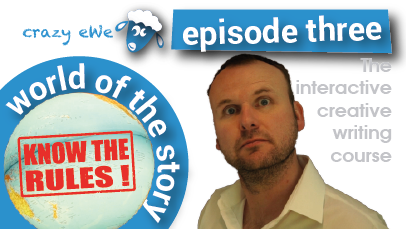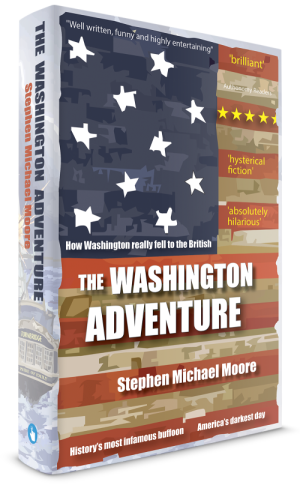Learning To Use A Three Act Structure
OK, let's face facts. If you want to write a screenplay that someone might actually want to make one day, you need to understand a few things first. You need to learn the language and the craft. Because you're reading this post I'll assume that you've had your teenage-esq huff about how "all this rules stuff just messes with my creative genius and freedom of expression". Truth is we've all been there and I promise you that instead of wincing like you've just discovered a dog turd on your drive, you'll actually start to love it.
Who cares about act structure. I'm not writing a play.
Classic 3 Act Structure is present in nearly everything we do. It’s the way we tell jokes, arrange sentences, plan journeys – it’s intuitive. Put simply, it’s a proposition that’s broken down into three constituent parts – a beginning, a middle and an end. This is story structure in its simplest form and, for plays, dates back to Aristotle’s Poetics way back in 384 BC. Which is pretty old. Oh, and BC does't mean Before Cinema.
Having a 3 Act Structure in stories allows the reader or viewer to be taken on a journey. Each ‘Act’ has a defined purpose. If you imagine Lord of The Rings starting with Frodo walking out of the shire with Samwise – i.e. with no ‘beginning’ to explain the ring or the mission – the viewer or reader would be confused.
Act 1 – The First Act
In the First Act, we establish the hero, or protagonist, in their normal life. It’s often referred to as the Status Quo. It’s what the hero is like before the antagonist’s plan comes crashing into their quiet life and turns it upside down. It establishes the dramatic issue for the story and clearly states the dramatic question i.e. will the hero be able to discover the murder before they kill again etc.
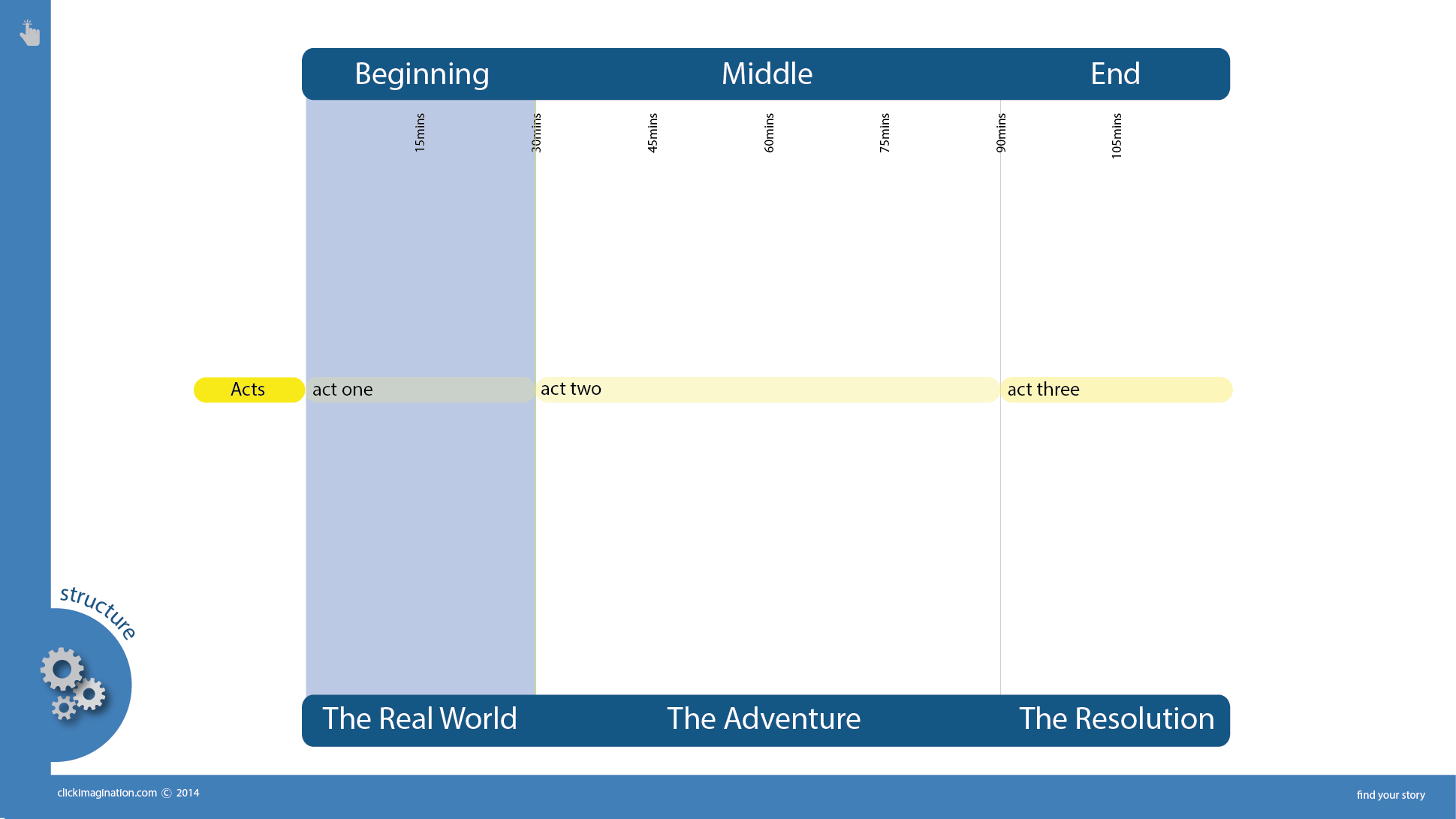
The antagonist has a plan. The hero – although he doesn’t know it yet – is going to have to stop them.
This is the act in which the antagonist raises a question that the protagonist has to answer. This sets the whole story in motion and creates what is often referred to as the Main Tension. In structural terms this carries the whole of the story.
Act 2 – The 2nd Act
The Second Act is often called the actual ‘Story’ or ‘Adventure’ and is the main canvas. This is where the protagonist and antagonist play cat and mouse as the antagonist attempts to carry out their dastardly plan and the protagonist tries to stop them.
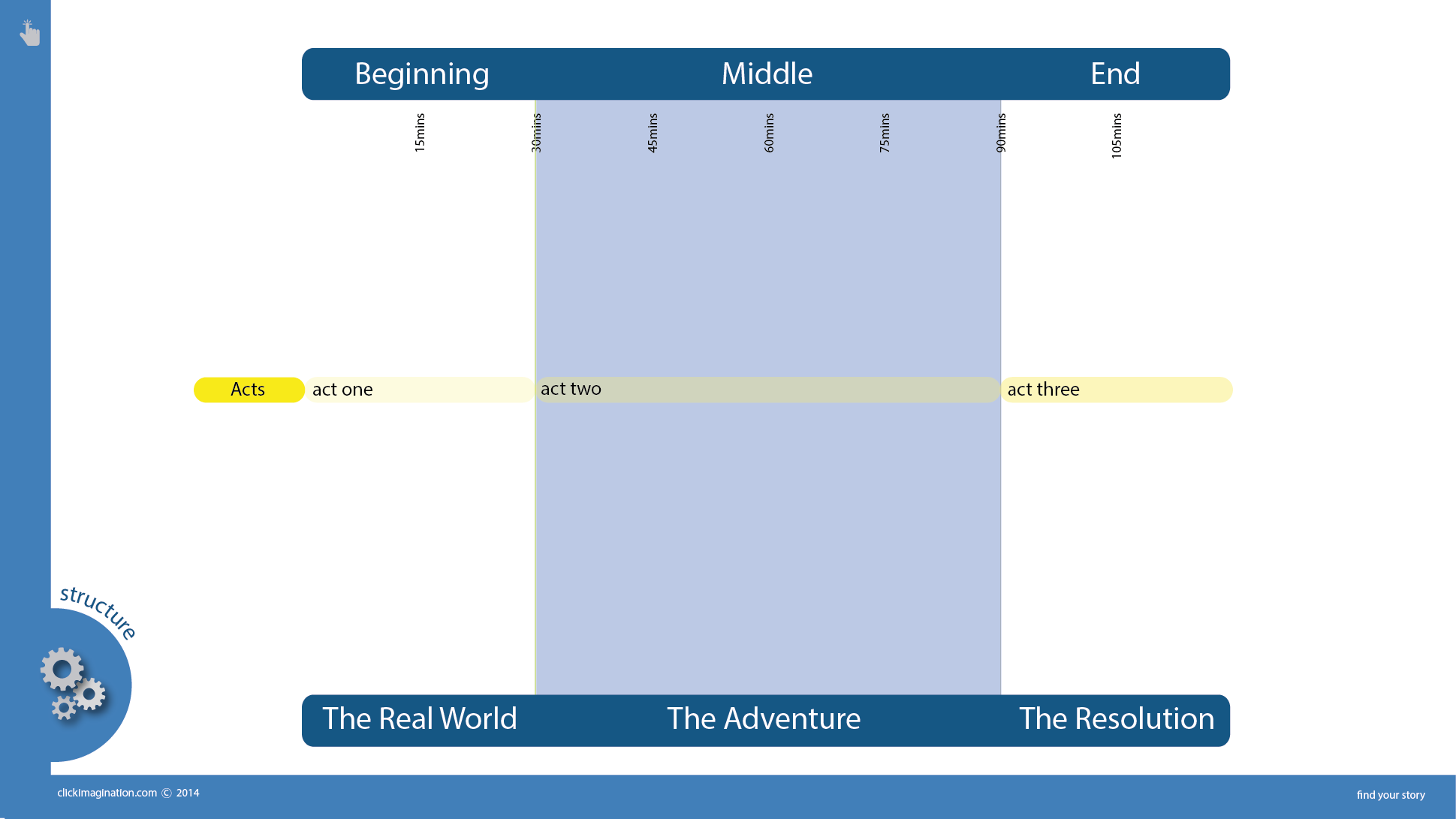
Act 3 – The 3rd Act
The Third Act is referred to as the ‘Battle & Resolution’ (the climax). The protagonist and antagonist have their showdown and (hopefully) the hero prevails.
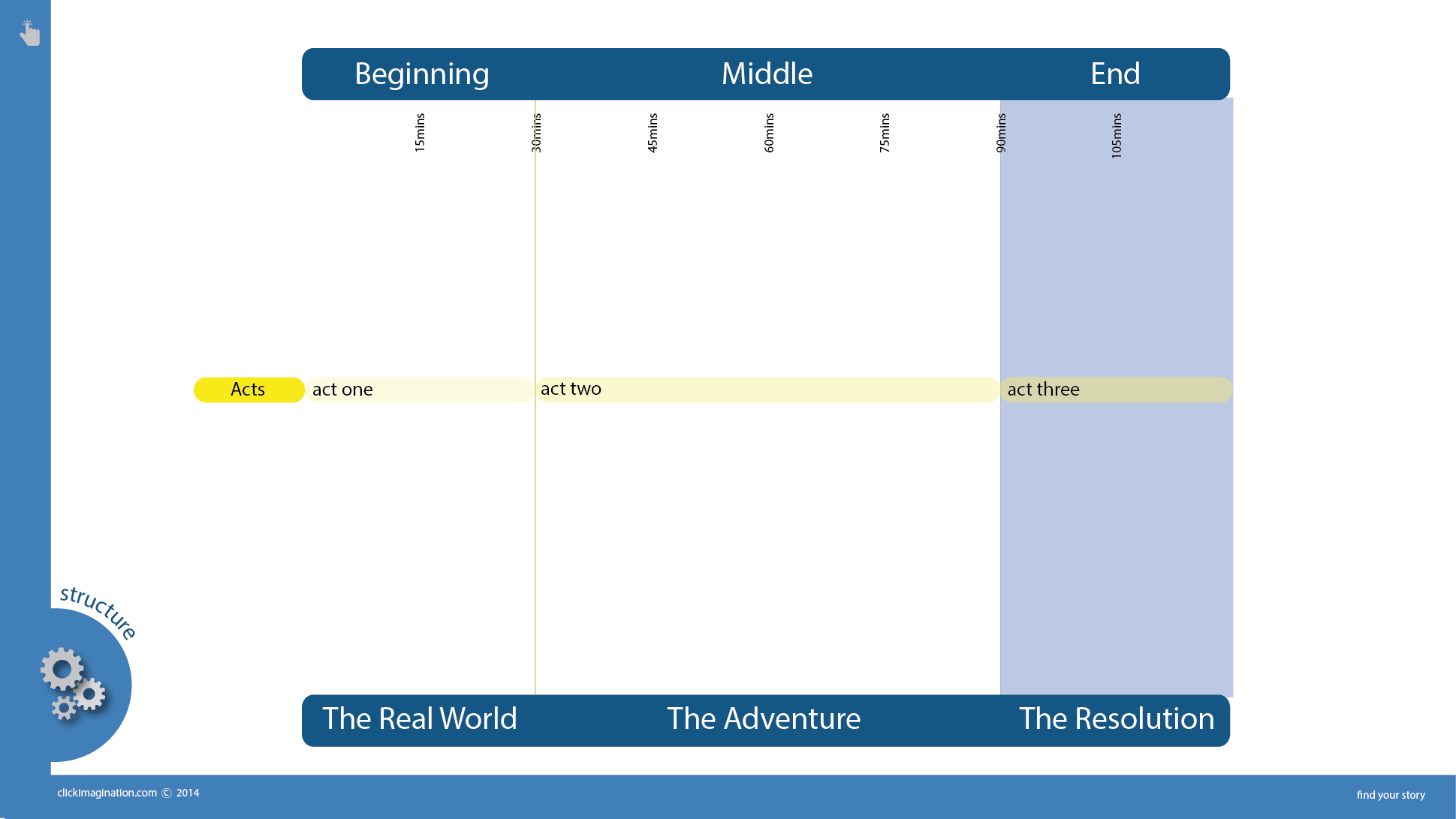
Act Length
Screenplays are generally 90 – 120 minutes long so if you break the Acts down in simple terms you get 30 mins for the First Act, 60 minutes for the Second Act and 30 minutes for the Third Act. Don’t worry too much about exact times at this stage. It’s more of a proportional guide so you can see whether you have too much set up (and the story takes a while to get going) or too little time spent on the resolution and the climax feels like it’s rushed.
Check out the FREE Structure Chart and Worksheet that accompany this blog and use it to test your own stories.
So now we know all about Act's, the next step is to look at the Key Story Beats that create the rollercoaster for the audience.

'William Peel is a brilliant character, an aristocratic buffoon– so wealthy he is beyond reproach, and lacking any self awareness, he makes for a superbly comic protagonist. This is a brilliant example of the historical comedy genre.'
Harper Collins

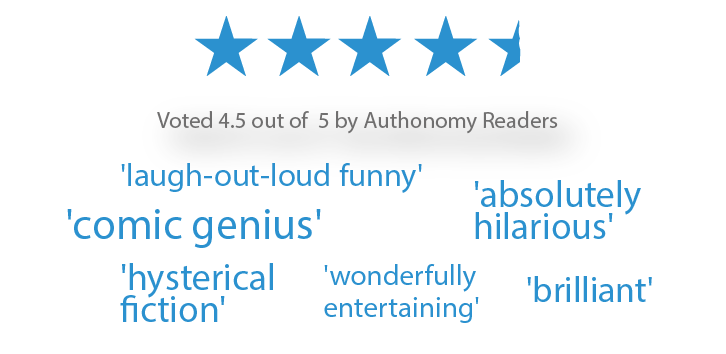
'A conversation with William Peel is like being stabbed in the head with a blunt knife covered in goat excrement'
The Prince Regent, 1814
'It’s a failing of the common man that he mistakes arrogance for simply the behaviour of his betters'
William Peel, Lord of Tornbridge


